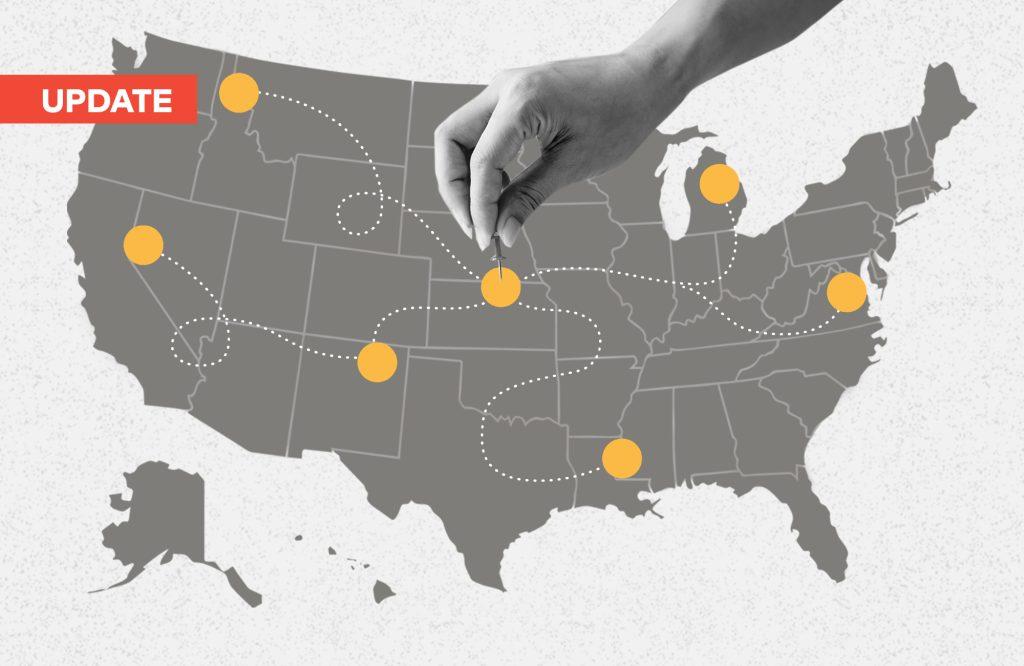There is much discussion these days of ‘preventive regulation’. That is, it seems, regulation aimed at stopping harm before it happens rather than dealing with it after the event.
Exponents of this approach sometimes tell a story of two people on a riverbank seeing people drowning in the water. One jumps in to rescue them; the other runs away, back up the river. “Where are you going?” calls the first. “Rather than rescue them, I’m going upriver to stop them from falling in,” replies the second. The implication is that regulators are not upstream helping people not to fall in, but are only concerned with pulling the bodies, alive or dead, out of the river.
Is this little parable a helpful description of preventive regulation? Indeed, is preventive regulation anything new at all? I don’t think so.
All regulation is intended to be preventive
All regulation is intended to be preventive. We define the skills and competencies someone should have if they want to be a professional and examine those before allowing them to apply for a license. We require demonstration of both competence and good character before issuing a license to practice. We set standards of performance and ethics to be followed while they work and, usually, we require people to keep up to date and to prove their competence at regular intervals.
All these basic regulatory activities are directed to the prevention of harms, which is of course the true purpose of regulation. Rescuing people from drowning or stopping them from falling into the water are not alternatives. We need to do both. So why has ‘preventive’ regulation become viewed as a new approach if it is not really new at all?
It is, I think, a matter of emphasis. It arises from the fact that so much time and resources are spent by regulators on professional failures and the legal complexities of disciplinary processes and their consequences. We know that remediation, whether it be retraining, supervision, or restrictions on practice, is not certain to work. We know from the research of Professor Marie Bismark that maybe fewer than 5% of licensees are responsible for the vast majority of harms, a figure confirmed by the real-life experience of many directors of complaints, who see the same people in trouble over and over again. So it is not surprising when so much effort and expense goes into trying to rescue the drowning professionals that regulators are trying to turn their attention to what goes wrong upstream.
A second theme in the current discussion is what has been called compassionate regulation. It comes from the recognition – partly generated by the pressure on health professionals during the pandemic – of the emotional, mental, and physical pressure of regulation on those who get into trouble. Compassionate regulation argues that interventions by regulators should be supportive, not punitive, constructive not destructive and, like preventive regulation, the emphasis should be on education, remediation, and health — not on complaints and discipline.
Compassionate and preventive regulation mean confronting structural flaws in professional regulation
My view is that the outcomes sought by both these approaches – the focus on prevention of harms before they happen and on the health and well-being of licensees – are right and proper. But they will not be achieved before we deal with two fundamental flaws in the structure of professional regulation: one at the beginning of the process and one at the end.
The first is the pervasive but incorrect view, often written into legislation, that professional regulators deal with complaints. They don’t. The role of a regulator is not to provide redress or to eliminate a wrong but to determine from the information it receives whether or not a licensee is in breach of professional or ethical standards and to take appropriate action. Yet many regulators are obliged by their legislation, or take it on themselves, to investigate every ‘complaint’ they receive in a process that is wasteful, discouraging to the public, and harmful to licensees. At one professional regulator I reviewed recently, only 9% of investigations resulted in any action by the investigation committee; 91% were ultimately dismissed after up to two years of work by the regulator and pressure on the licensee and the concerned member of the public. No one thought this was fair.
The other problem is the unwillingness of many regulators to take into account previous concerns and a history of poor practice when making disciplinary decisions. Some even advise inquiry committees that they must treat every failure as a one-off and disregard that the professional has made the same error before and failed to remediate. This is why there are so many repeat offenders: regulators are pulling the drowning people out of the water and then allowing them to try swimming again. We must not forget that some of these rescued licensees go on to drown others. Professional regulation is about preventing harm to the public, not just to licensees.
Preventive regulation brings value when we strengthen both ends of the inquiry process
We should save those who cannot swim if we can but not at the expense of the victims they drag down with them. That may be preventive for the licensees, but it is harmful for the public who should be the real beneficiaries of regulation.
Preventive and compassionate regulation will only bring value if we are tougher at both ends of the inquiry process; we need greatly to reduce the number of concerns regulators accept by ensuring that only those which engage professional standards are investigated. We also need to take more robust action to stop the tiny number of licensees who are repeat offenders from practicing at all. If we reduce this waste of resources at the beginning and end of the process, we should have space in the middle to be both preventive and compassionate.
I agree we need to affirm our commitment to regulation as a means to prevent harms before they happen, but that doesn’t only mean moving upstream to rescue those at risk of causing harm. It means dealing more effectively downstream with those who have already caused harm to the people regulation exists to protect.
Harry Cayton is a sought-after global authority on regulatory practices who created the Professional Standards Authority (PSA) and pioneered right-touch regulation. He is a regular Ascend Voices contributor.
MORE VOICES ARTICLES

Trust on trial: Navigating the murky waters of scientific integrity
As fraudulent research papers flood academic journals, the sanctity of scientific discovery is under siege, challenging the very foundation of trust we place in peer-reviewed publications. With AI now both a tool for creating and detecting such deceptions, the urgency for a robust, independent regulatory framework in scientific publishing has never been greater.

Do regulators deserve deference?
In a pivotal moment for regulatory law, the U.S. Supreme Court’s review of the Chevron doctrine could redefine the bounds of deference courts give to regulatory agencies, potentially inviting more challenges to their authority. This critical examination strikes at the heart of longstanding legal principles, signaling a significant shift in the landscape of regulatory oversight and its interpretation by the judiciary.

From Frankenstein to Siri: Accountability in the era of automation
As AI advances in sectors from health care to engineering, who will be held accountable if it causes harm? And as human decision-makers are replaced by algorithms in more situations, what will happen to uniquely human variables like empathy and compassion? Harry Cayton explores these questions in his latest article.

Regulating joy: The risky business of festivities
In his final Voices article of 2023, Harry Cayton reflects on our enthusiasm for participating in cultural festivities that often cause injuries or even deaths, which has led some governments to attempt to regulate these risky celebrations.

Building my regulator of tomorrow with LEGO® bricks
What should the regulator of tomorrow look like? While there may be no definitive vision, contributor Rick Borges gets creative with answering this important question, drawing inspiration from a favorite toy to ‘build’ a model of an effective future regulator.

‘Thin’ and ‘thick’ rules of regulation: Cayton reviews Daston’s history of what we live by
Lorraine Daston explores fascinating examples of rulemaking throughout history in her new book, ‘Rules: A Short History of What We Live By.’ In this article, Harry Cayton discusses what regulators can learn from Daston’s work.








